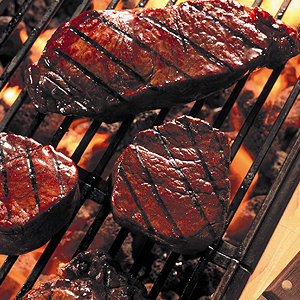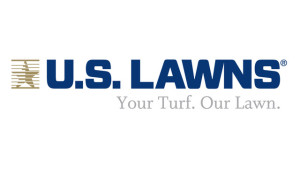Marbling – The Good Fat
Marbling has become one of the least understood concepts in the beef-consuming world. No wonder, with all the competing and contradictory messages from “experts.”
If your blood test shows low-density lipoprotein (LDL) cholesterol levels have jumped, most doctors and nutritionists say cut back on red meat—especially highly marbled beef. People use a simplistic filter for diet and health news: fat and cholesterol are bad. But facts are beginning to dispel the clouds.
“Intramuscular fat (IMF), or marbling, largely determines beef carcass value; USDA established that decades ago,” says Texas A&M meat biologist Stephen Smith. “Beef with more marbling tastes better to most people. The lower melting point of marbling fat strongly increases palatability and distinguishes the flavor of U.S. beef.”
But many health-conscious consumers have denied the call of their taste buds, fearing the guilty pleasure will catch up to them one day. Relax, Smith would tell them: “No human studies have ever shown that supplementing the diet
with beef increases LDL cholesterol. However, studies have shown that oleic acid supplements can decrease LDL.”
When doctors warn you away from beef that is not lean, they are probably thinking about external fat, which is typically trimmed off to a constant level for all grades of beef. “There’s a health benefit to eating well-marbled beef, compared to the lower grading kind,” Smith says. More marbling means more oleic acid, which means less of the potentially harmful saturated and transfatty acids that have given beef a black eye.
Smith’s research questions popular nutritional advice. Dietitians choose USDA Select over higher marbling beef to cut back on fat. However, Smith showed Select ground beef had the worst ratio of healthy monounsaturated to saturated fatty acids, at 0.75. Thanks to marbling, Prime beef had a ratio of 1.33.
Oleic acid is a simple (monounsaturated) fat prevalent in olive oil. “It’s good for you,” Smith says. Oleic acid comes from both endogenous synthesis and dietary fats, and the level can be manipulated. The scientific literature suggests that “you can’t eat too much oleic acid,” he says, adding that corn feeding increases it in beef. “There is no scientific evidence that the trans-fat in beef is bad for you,” Smith cautions. “But certainly, perception is reality to consumers, who see all trans-fat as bad.”
The latest research from Smith’s team showed that, independent of breed type or feeding method, the brisket excels in its lipid profile, with more oleic acid than other cuts. The plate and flank, sometimes considered among the leanest cuts, contained the most saturated fat in the study.
The marbling levels achieved in Angus cattle used in Smith’s research were equivalent to those in the Certified Angus Beef
® (CAB®) brand and CAB Prime. He notes that untrained consumer panels have been able to distinguish beef by breed type when the ratio of saturated fat is lower, as it is in highly marbled beef.
“We have found that the marbling in premium quality Angus beef has improved functionality, lower melting point and better mouth feel than commodity beef fat,” Smith says. “It also has more oleic acid and less trans-fat than beef from any  of the crossbred animals studied. It appears that CAB brisket would be especially high in oleic acid, perhaps as high as Wagyu beef. This is something we’d certainly like to investigate.”
of the crossbred animals studied. It appears that CAB brisket would be especially high in oleic acid, perhaps as high as Wagyu beef. This is something we’d certainly like to investigate.”
Want to know where to get the best Angus beef in Southeast Texas?
Buy yours straight from the farm! Get Texas Premium Beef by Holt Farms.














